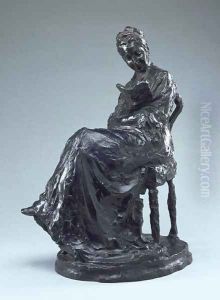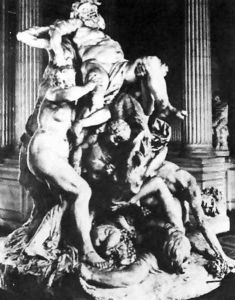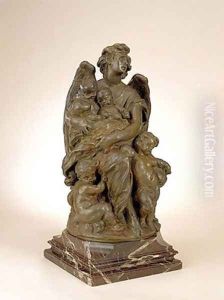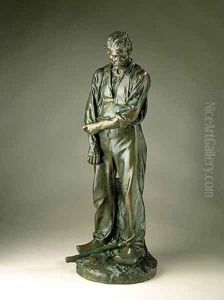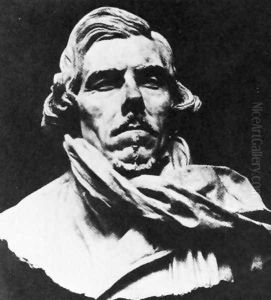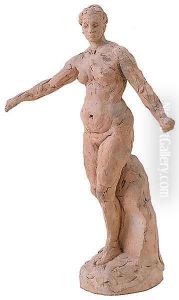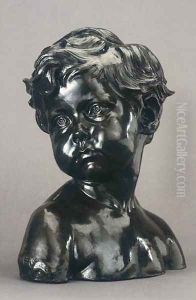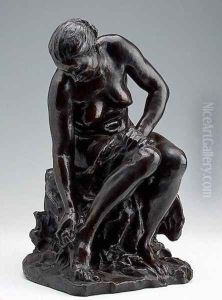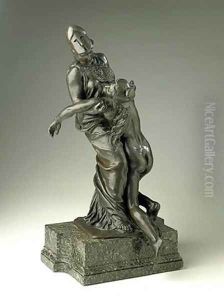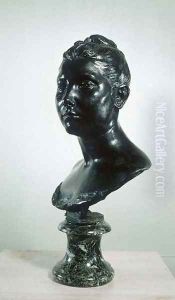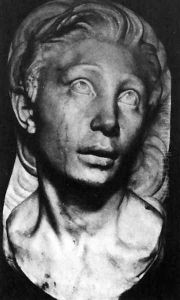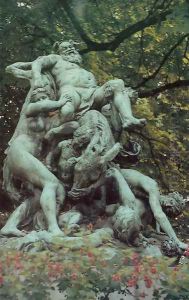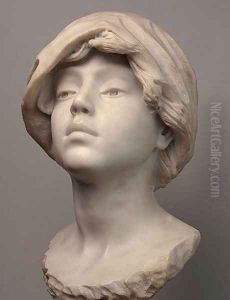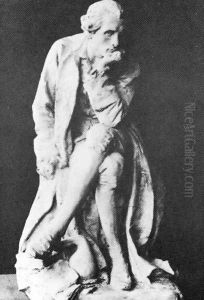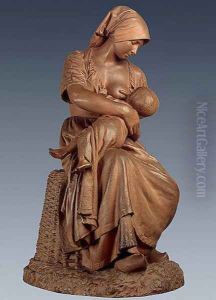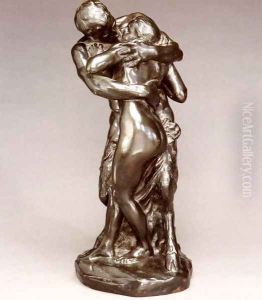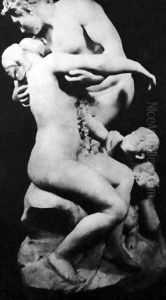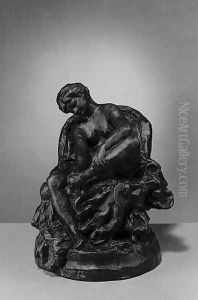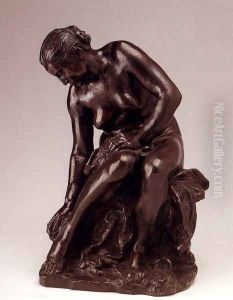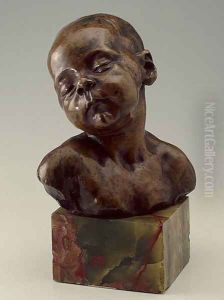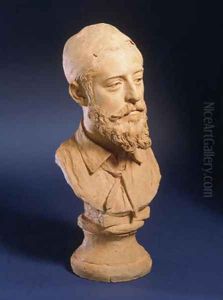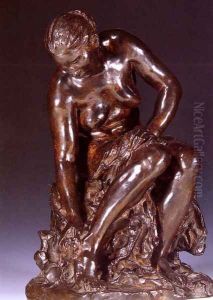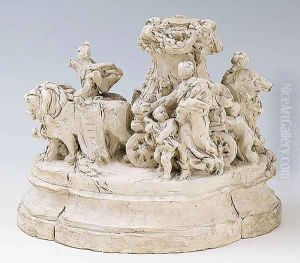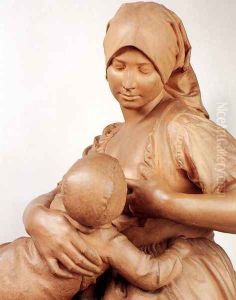Jules Dalou Paintings
Aimé-Jules Dalou was a French sculptor, recognized for his exquisite workmanship and powerful, realistic portrayals in sculpture. Born on December 31, 1838, in Paris, Dalou grew up in a working-class family, which influenced his later works often emphasizing social themes and the dignity of labor.
Dalou's talent became apparent early on, and he began his artistic education at the Petite École, which is known today as the École nationale supérieure des arts décoratifs. He later studied under Jean-Baptiste Carpeaux and Francisque Duret, prominent sculptors of the time. Despite his skill, Dalou struggled to gain recognition initially, often facing rejection from the official Salon for his politically charged pieces and his association with left-leaning ideologies.
His fortunes changed during the Paris Commune of 1871, when he played an active role, but this engagement forced him into exile in England after the fall of the Commune due to his political affiliations. In London, Dalou's career blossomed. He taught at the South London Technical Art School (now the City and Guilds of London Art School) and became a respected member of the British artistic community. During his time in England, he produced one of his most famous works, 'Charity', for the tomb of philanthropist James Henry Pullen.
Dalou returned to France in 1879 after receiving amnesty for his involvement with the Commune. His return marked the beginning of a highly successful period, during which he created several prominent public monuments. One of his most notable works from this period is the 'Triumph of the Republic', a monumental centrepiece for the Place de la Nation in Paris. This work exemplifies his commitment to the Republic and his skill in creating dynamic compositions.
Dalou's work is characterized by a sense of movement and naturalism. He was particularly adept at capturing the textures of fabrics and the muscular tension of figures in motion. Besides his public monuments, Dalou's smaller works, such as his series of bronze reliefs depicting the working class, also garnered acclaim.
The artist's reputation continued to grow, and he was awarded the Legion of Honor in 1883. Dalou's later years were marked by a continued dedication to teaching and passing on his craft, influencing a new generation of sculptors. Jules Dalou passed away on April 15, 1902, in Paris. His legacy lives on through his numerous sculptures that adorn public spaces and museums, reflecting his commitment to art as a means of social expression and his mastery of sculptural form.
